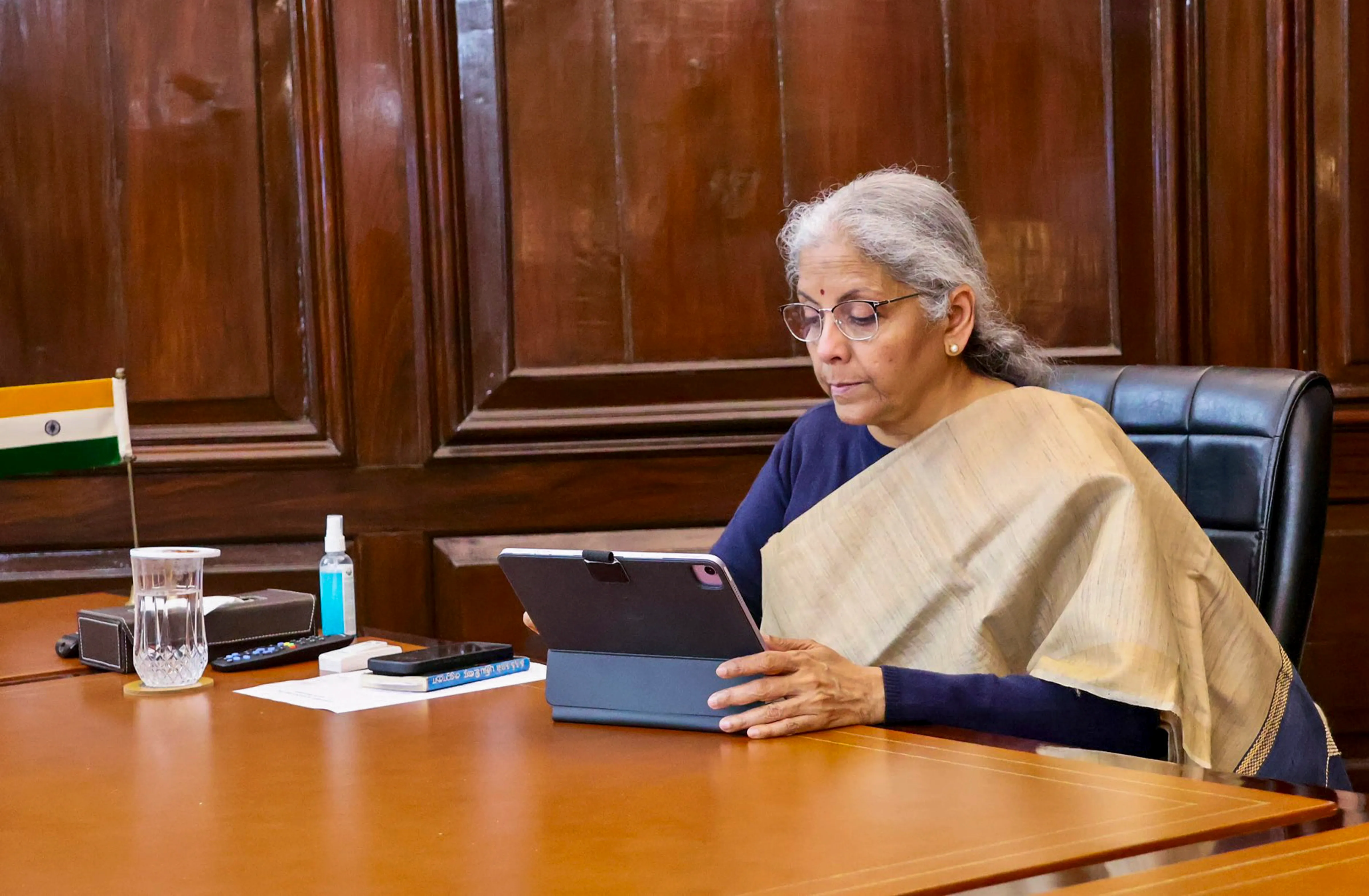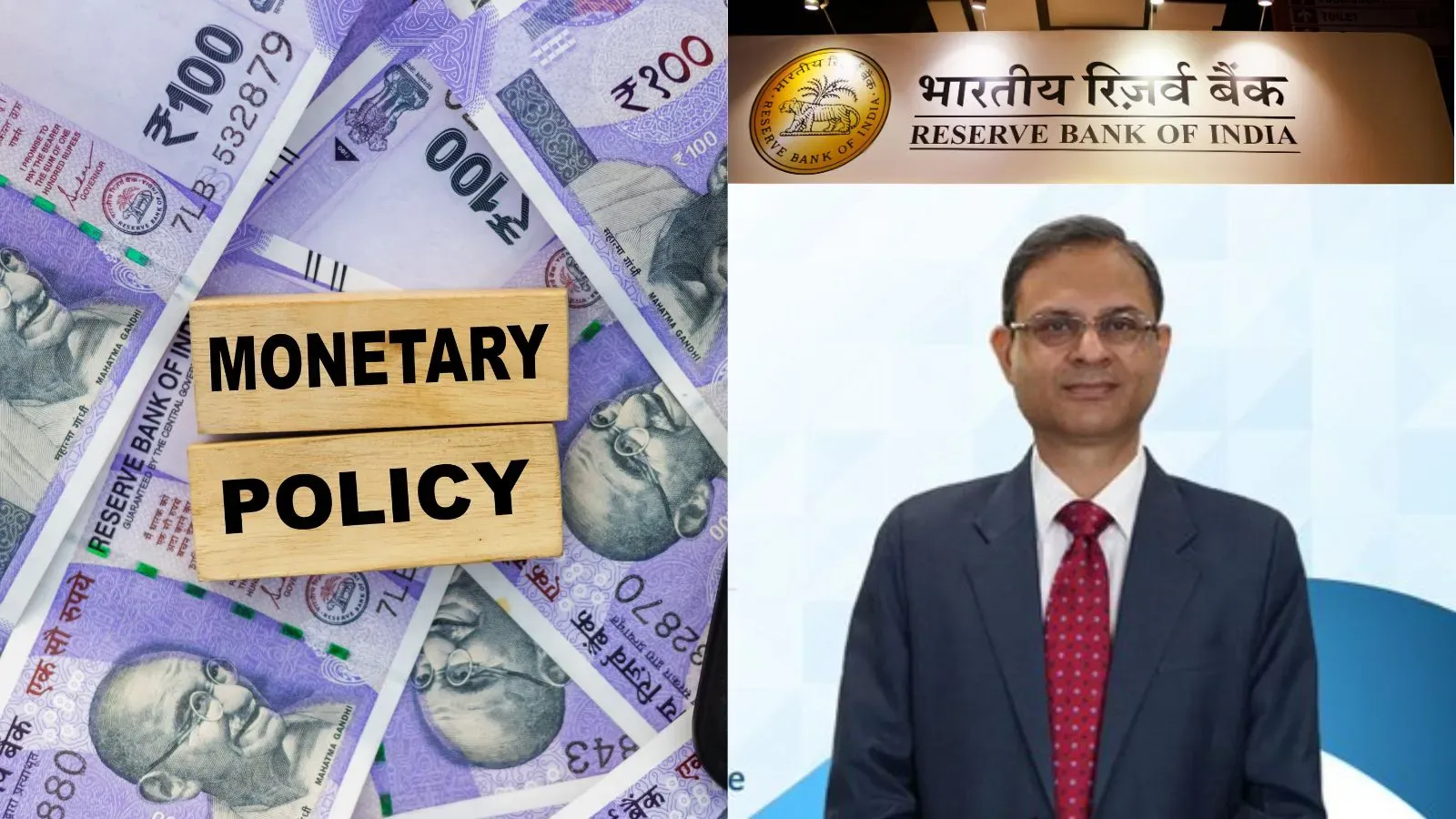Business News
Will Budget deliver tax cuts to boost growth? Eyes on Nirmala Sitharaman's blueprint for 2025-26
.png)
5 min read | Updated on February 01, 2025, 10:53 IST
SUMMARY
Finance Minister Nirmala Sitharaman is set to present Budget 2025, her eighth consecutive Union Budget, amid slowing economic growth, a weakening rupee, and rising fiscal concerns.

Union Finance Minister Nirmala Sitharaman gives final touches to the Union Budget 2025-26 at her office in North Block, in New Delhi. (@FinMinIndia via PTI Photo)
Finance Minister Nirmala Sitharaman is set to present her record eighth consecutive Union Budget today—all under Prime Minister Narendra Modi—as she faces the challenges of decelerating economic growth, the falling value of Rupee against the US dollar and moderation in consumption demand.
Budget 2025-26 will be delivered against a backdrop of global uncertainty, including the return of mercurial Donald Trump in the White House, and domestic economic headwinds.
India’s rupee has touched a record low of over 86.7 against the US dollar, putting pressure on import costs and inflation. Private investment remains stagnant, and consumption growth has moderated, creating concerns about demand resilience.
As the Economic Survey predicted a sluggish pace of growth next fiscal year weighed down by global risks, eyes will be on the government’s roadmap to address the slowdown, fiscal consolidation, and possible tax relief measures for the middle class.
Prime Minister Narendra Modi’s invoking the goddess of wealth for elevating the poor and middle class has further heightened expectations from the Budget.
"I pray to Goddess Lakshmi that the poor and the middle-class sections in the country are blessed by her," Modi said on Friday while speaking to reporters outside Parliament.
It is yet to be seen if the prime minister’s hint at provisions for the poor and middle class leads to some big-bang announcements in the Union Budget.
Income tax
That’s easier said than done. The finance minister and her team face an uphill task to bolster growth without sacrificing fiscal prudence as the government has committed to bringing the fiscal deficit below 4.5% of GDP by FY26, down from the 4.9% estimated for FY25.
DK Srivastava, Chief Policy Advisor, EY India, said, "As we navigate a challenging economic landscape, the upcoming budget must balance fiscal prudence with growth-oriented measures. Increasing capital expenditure and putting more disposable income in the hands of consumers, particularly urban consumers, will be pivotal to uplifting growth in domestic demand."
Customs duty
A simplified customs duty structure with just five slabs has also been on the Budget 2025 wishlist of think tanks and leading consultancy firms. Global Trade Research Initiative (GTRI) recently said that a simplified structure would streamline processes and align with national manufacturing and export goals.
“Simplifying the tariff structure by reducing slabs and capping maximum tariffs at 50 per cent would foster economic growth, reduce import reliance, and promote exports,” said the report authored by GTRI founder Ajay Srivastava and trade expert Satish Reddy.
In her Budget speech last year, Sitharman announced a comprehensive review of the customs duty rate structure over the next six months to rationalise and simplify it for ease of trade, removal of duty inversion and reduction of disputes.
Pension scheme
The Economic Survey, presented in Parliament on January 31, made a case for scalability of pension coverage to bring more people under the social security net, pointing out that just 5.3% of the total population is covered by the National Pension System (NPS) and Atal Pension Yojana (APY) combined.
"This highlights another critical aspect of the Indian pension system: scalability. Low costs are essential to enhance coverage meaningfully. Achieving this will require highly competitive, low-cost fund management and minimal transaction costs, which is particularly vital for small-ticket transactions," it said.
Key numbers to watch
Capital expenditure projections, tax revenue targets, GST collection estimates, and the roadmap for reducing the debt-to-GDP ratio will be closely watched. The government’s borrowing plans, disinvestment targets, and asset monetisation roadmap will also be in focus.
Market participants will track the fiscal deficit figure, borrowing plans, and the capex push as the government looks to maintain its growth momentum while managing fiscal prudence.
The budget is also expected to outline a long-term roadmap for managing India's debt-to-GDP ratio, which currently stands at 85%, much above the 60% target set under fiscal responsibility norms.
The government’s gross borrowing in FY25 was budgeted at Rs 14.01 lakh crore. The borrowing number will be watched by the market, especially on the back of lower dividend from the RBI in FY'26 compared to Rs 2.11 lakh crore in FY'25.
What the Economic Survey suggests
If the Economic Survey is any cue, the government can announce moves to de-risk supply chains for electric vehicles amid China's global dominance over key components and raw materials in the sector.
The pre-Budget document said many minerals crucial to EV manufacturing are scarcely available or processed in India while simultaneously being concentrated in very few countries.
"China commands a significant share of critical mineral processing and production globally. Across key commodities such as Nickel, Cobalt, and Lithium, China alone is responsible for processing 65 per cent, 68 per cent and 60 per cent of the global output, respectively," the survey pointed out.
The Economic Survey also pitched for addressing challenges being faced by Indian textile exporters, who are constrained by complex procedures unlike in competitor countries like China and Vietnam.
Sitharaman, who was appointed as India’s first full-time woman finance minister in 2019, has steered the economy through critical periods, including the Covid-19 pandemic. With this Budget, Sitharaman moves closer to the record of 10 Budgets presented by Morarji Desai over different time periods.
By signing up you agree to Upstox’s Terms & Conditions
About The Author
Next Story

